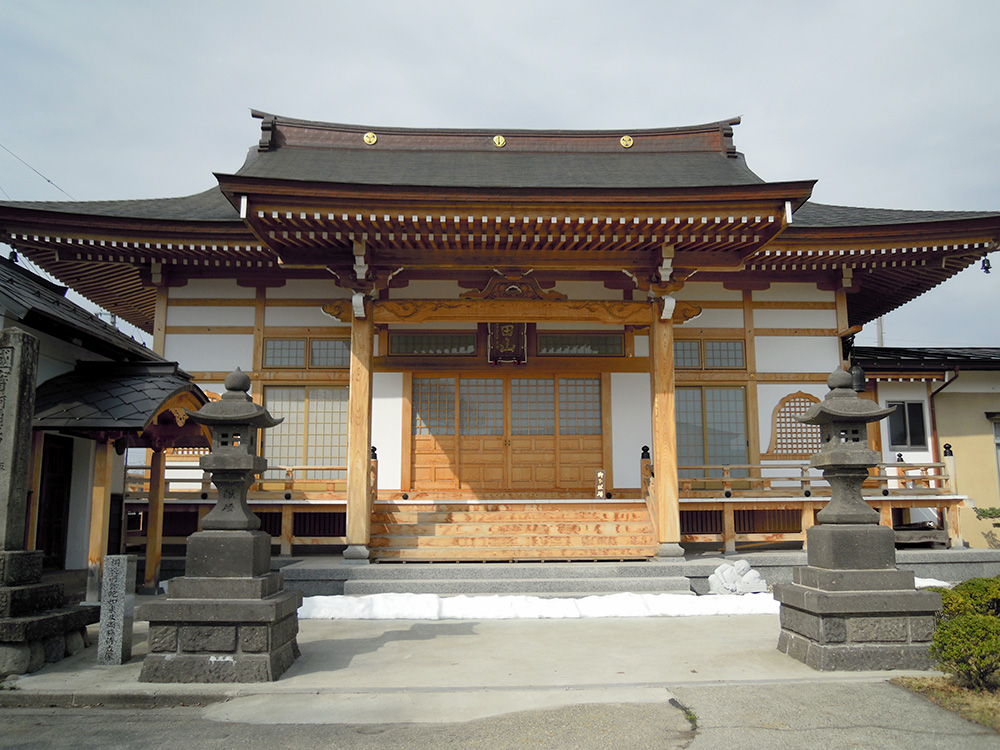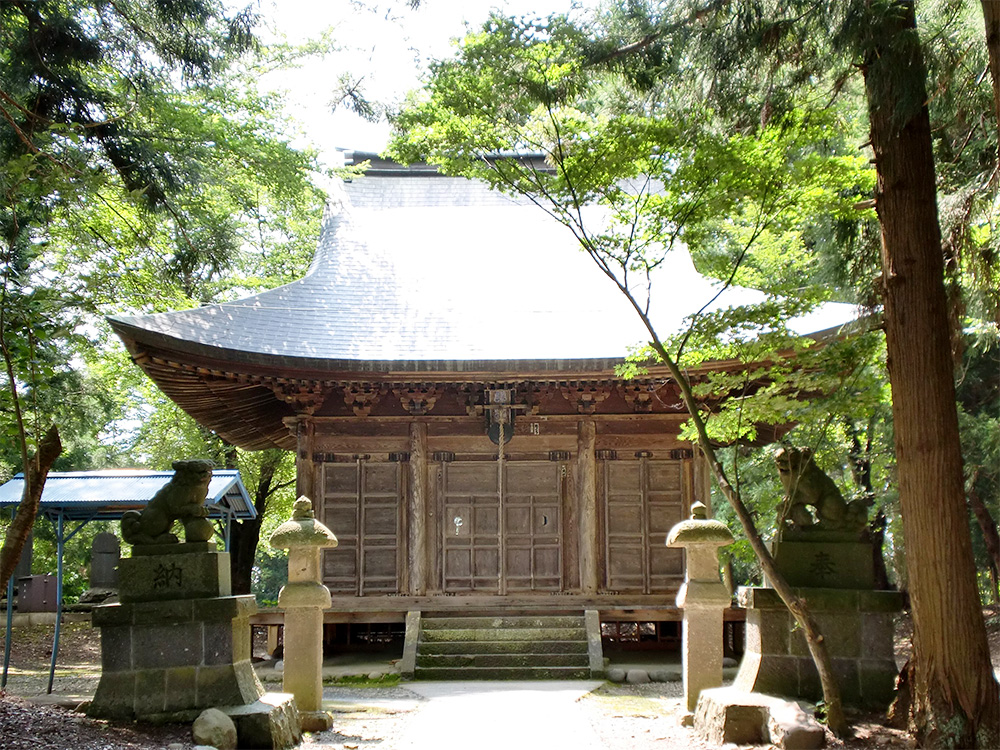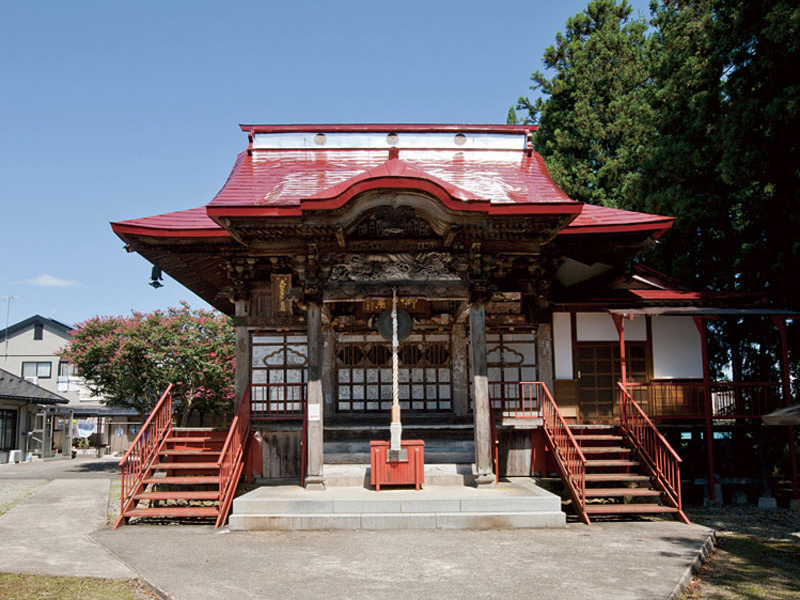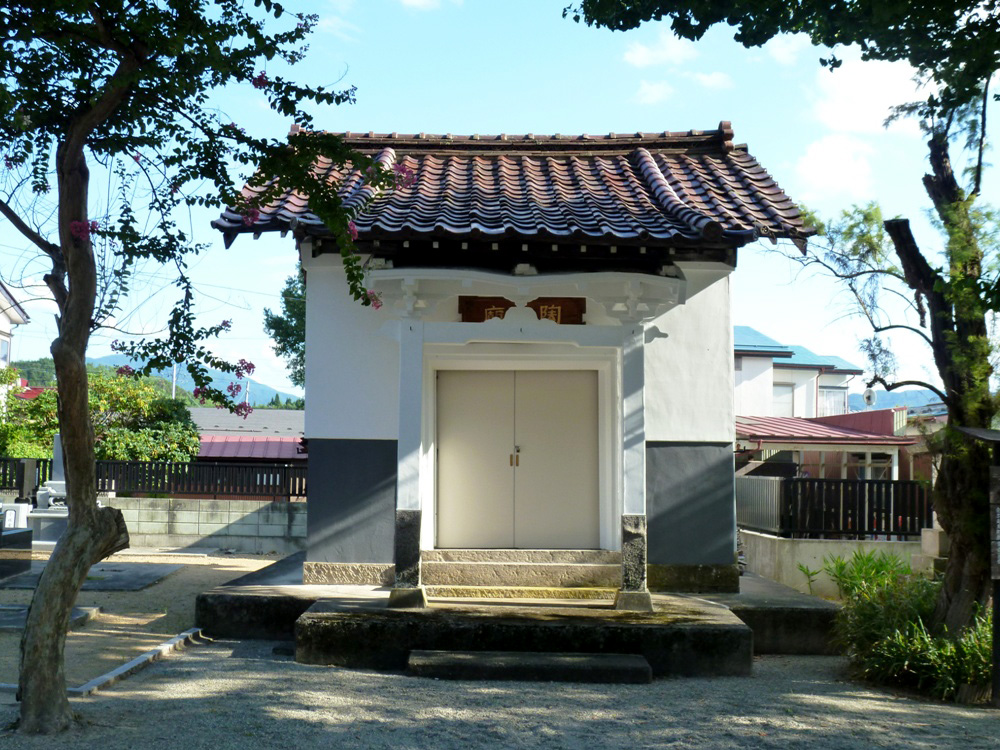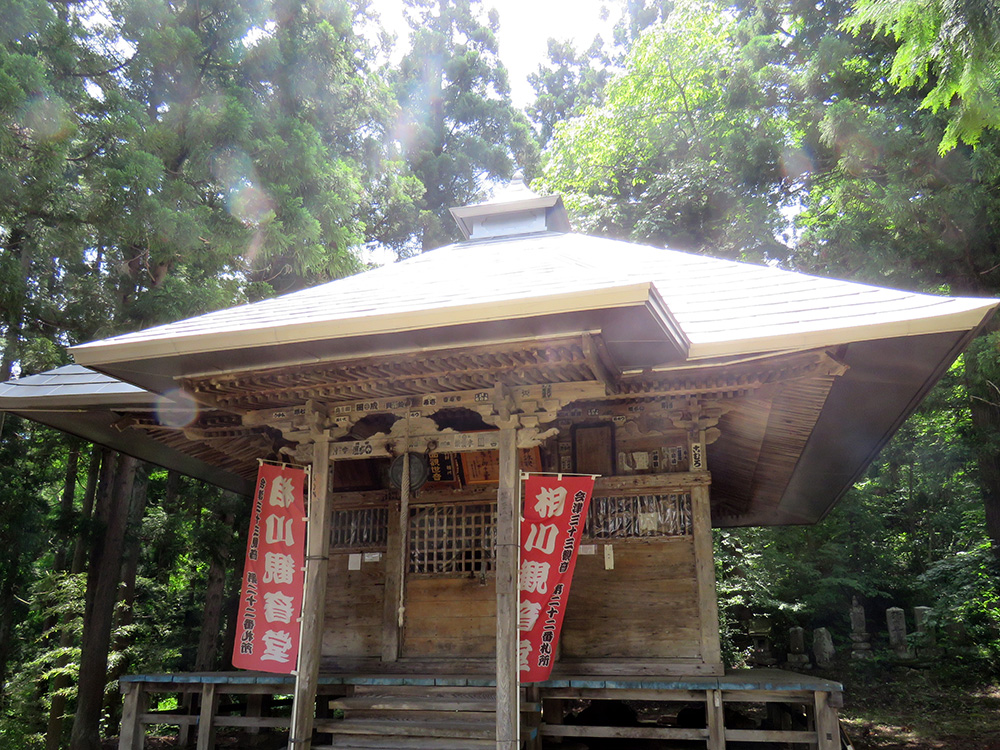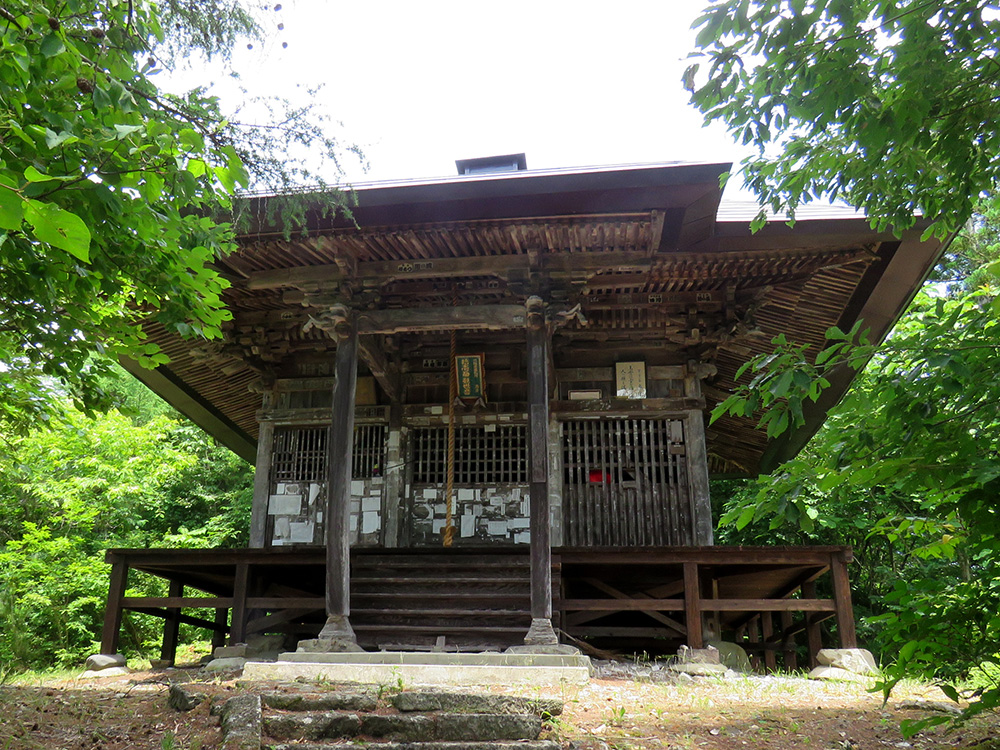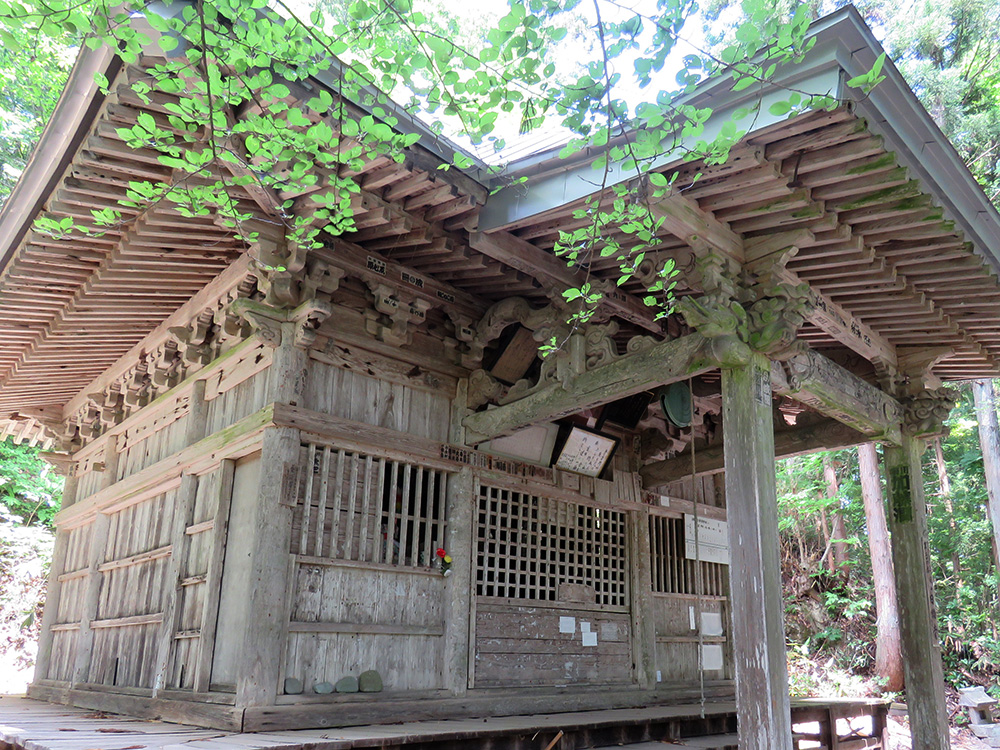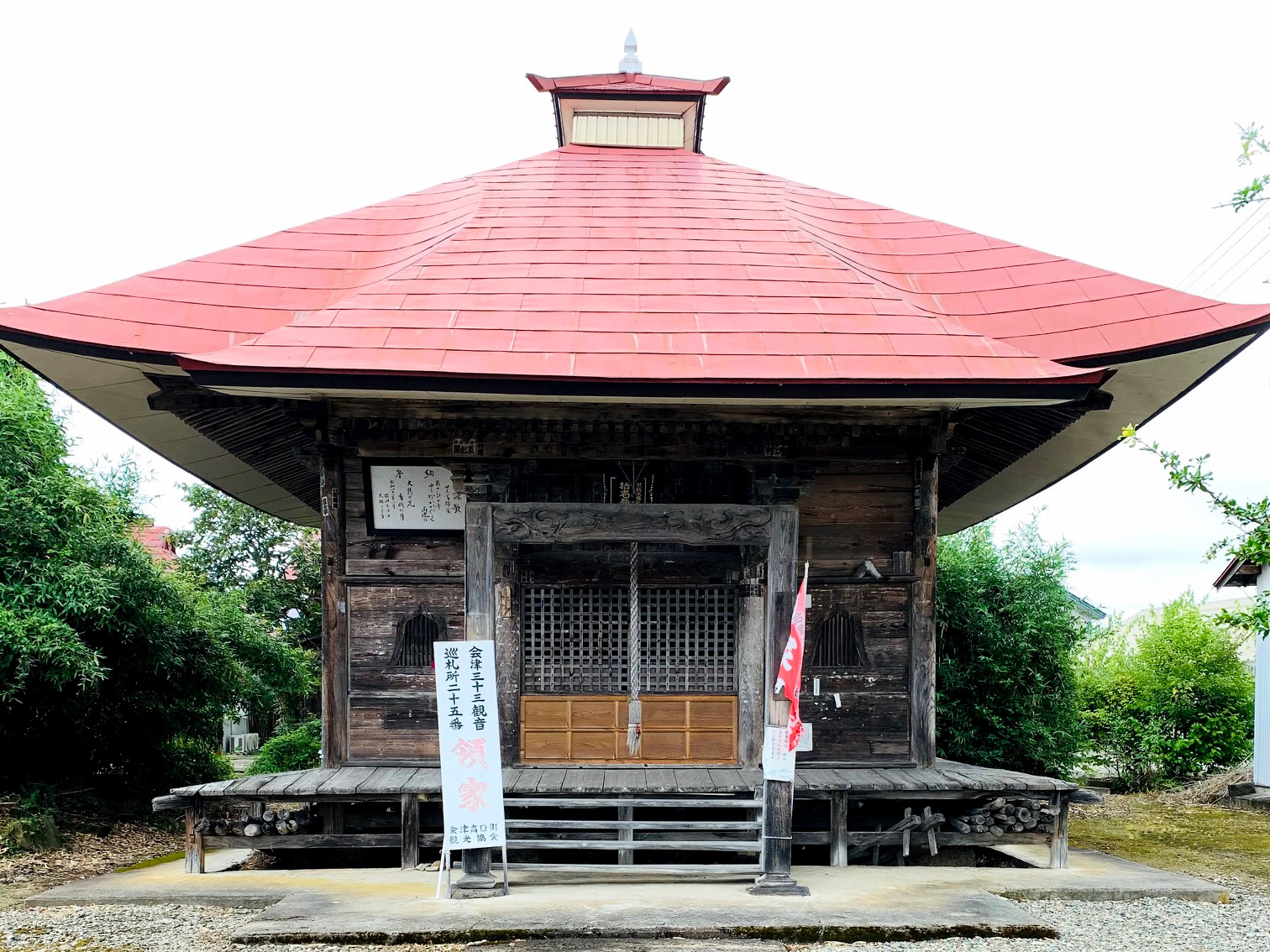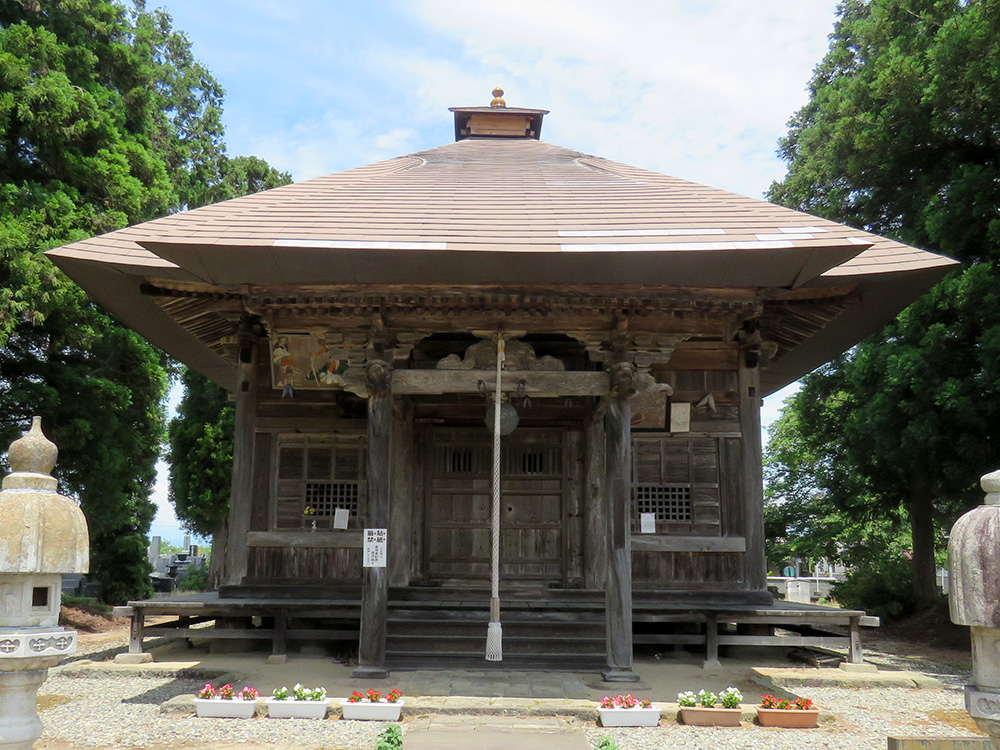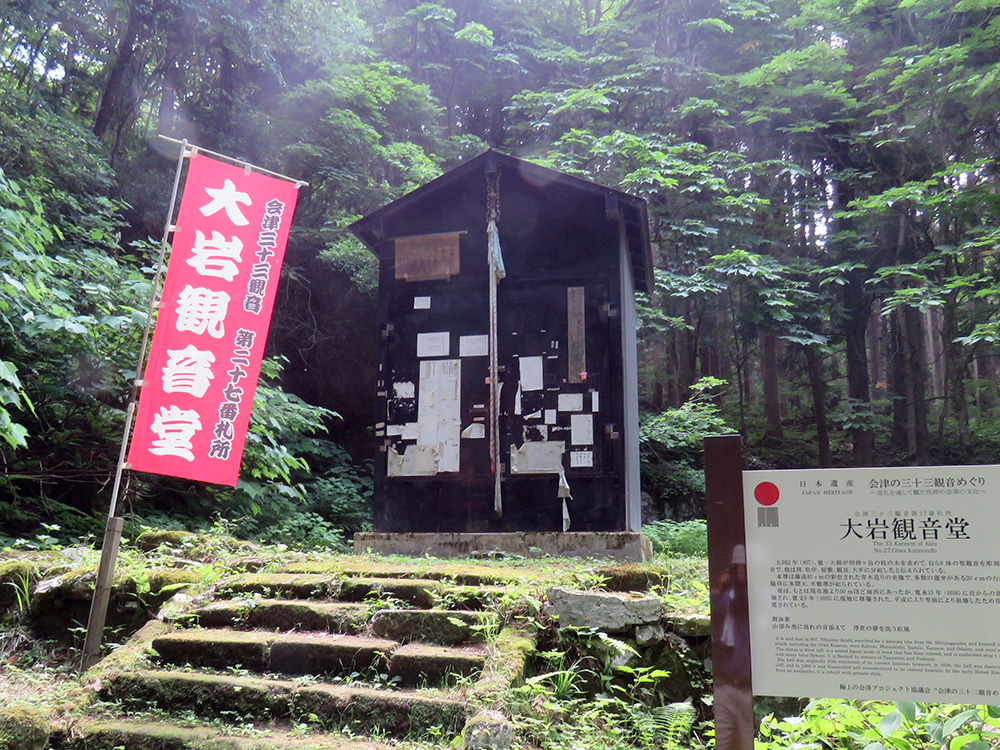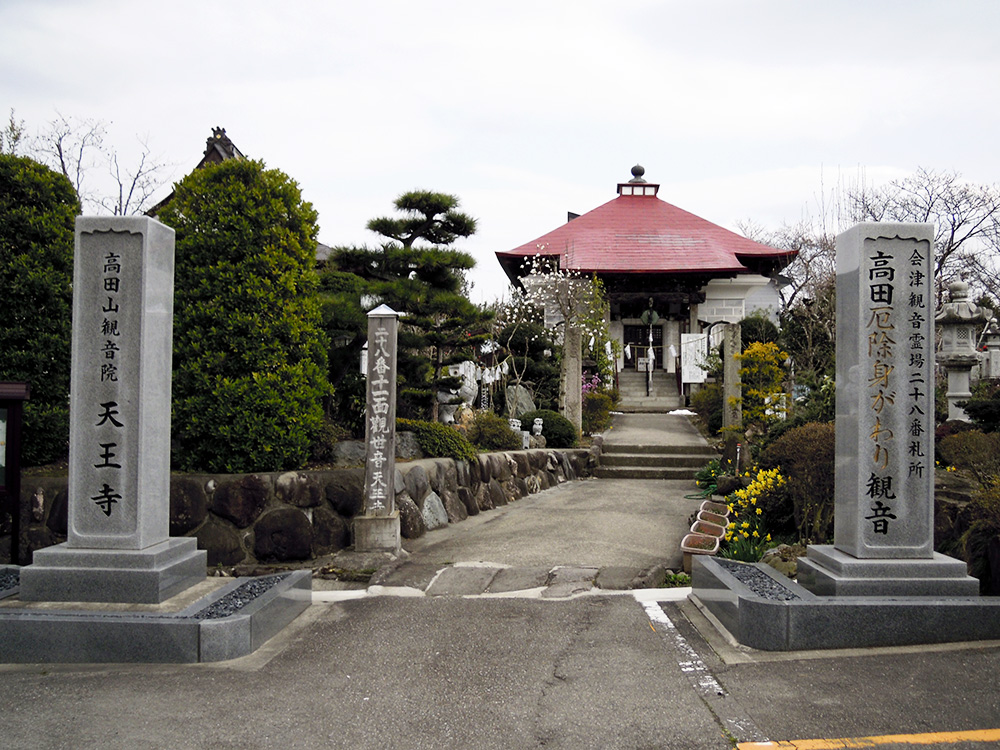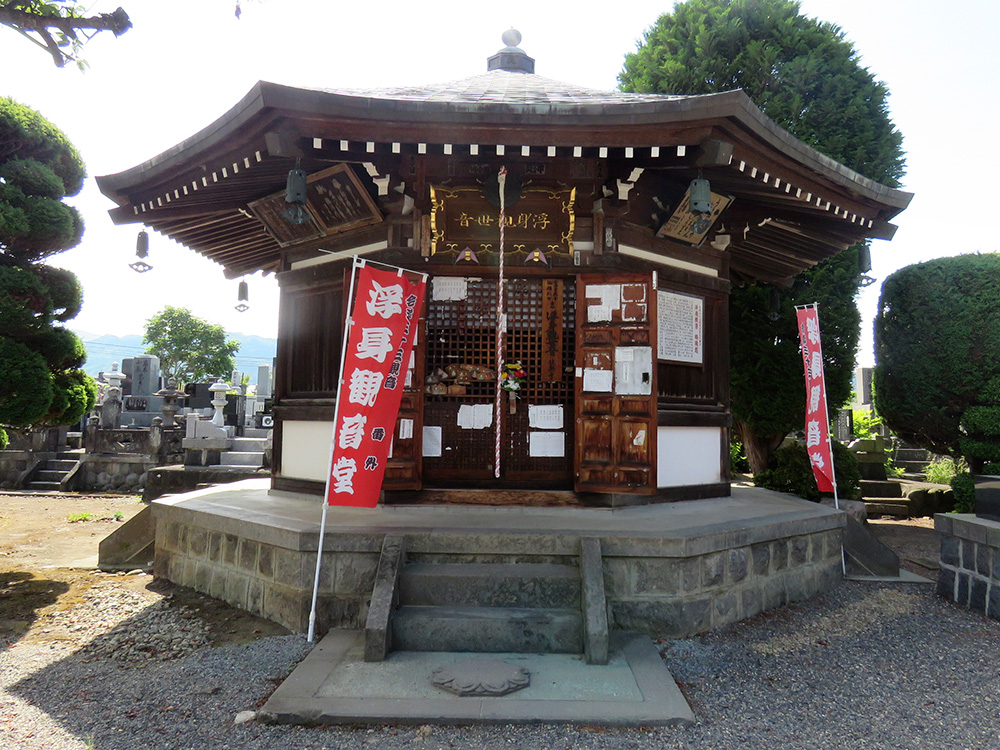Other Temples and Shrines
shrines and temples
Hodoji Temple
It is affectionately called “Zenkoji-sama of Aizu”.
In 1276, the head of the village, Tsunetane Fujita, became the founder, and is said to have cast the Amida Triad in gilt bronze as the alter ego of Zenkoji Nyorai and enshrined it as the main deity. It was founded by Gyokuyojonin.
The inscription on the back of the middle image of Amida Nyorai reads, “Zenkoji Amida Nyorai, right wish for the equality of the two parents and the wish of the Fujiwara clan for the equality of the Dharma realm,” suggesting that the belief in Zenkoji Nyorai spread in Takata as the Pure Land sect flourished.
The three statues of Amida, which were designated as national treasures in 1929 and important cultural properties after the war, are still deeply revered in the local community. The main hall contains the statue of Amida Nyorai and his two side chaplains (designated as National Important Cultural Property), and Daikokuten, said to have been created by Unkei, is enshrined in the Daikokudo hall beside the main hall.
There is a 100-year-old crape myrtle tree in the precincts, and its purplish peach flowers bloom beautifully in summer.
Hours of visitation: 9:00 am – 5:00 pm.
Reservations are required to visit the temple.
spot data
| Address | 3499-1 Hodoji Nanko, Aizumisato Town, Onuma County, Fukushima Prefecture MAP |
|---|---|
| Contact us | Jodo Sect Hodoji Temple |
| TEL / FAX | TEL:0242-54-3140 |
Joufukuin Yakushido(Tagoyakushido)
It is said to have been founded by a chief priest named Michihiro Tago in 1197 (Kenkyu 8).
It is a Zen-style building and retains the appearance of a medieval building in Aizu. It is designated as a national important cultural property.
It is said that people called this temple “Tago Yakushi” and prayed for relief from illness and hunger.
It is the eighth stop on the Aizu Tour of Twelve Medicine Shrines.
spot data
| Address | 99 Shinyashiki Sannozukako, Aizumisato Town, Onuma District, Fukushima Prefecture MAP |
|---|---|
| Contact us | Aizu Misato Town Tourist Association General Incorporated Association |
| TEL / FAX | TEL:0242-56-4882 / FAX:0242-56-4876 |
Seiryuji Monju-do Temple
It is said that the temple was founded in 1339 when priest Enzai stood on the site and threw a dokko (a kind of Buddhist implement), which emitted light, so the temple was filled with earth and a hall was built.
Seiryuji Temple was originally located within the precincts of Isasumi Shrine, but during the Kanbun period (1661-73) it was separated from the shrine grounds and became the annex to the inner sanctuary of Isasumi Shrine.
Monjudo, located within the precincts of the temple, is a hall dedicated to Monju Bosatsu (Manjusri), and has long been worshipped by the people.
Every year on February 25, “Monju Grand Festival” is held at Monju-in Temple, attracting many people from within and outside of the prefecture who wish for academic fulfillment and improvement in skills and arts.
spot data
| Address | 3611 Monju Nishikou, Aizumisato Town, Onuma County, Fukushima Prefecture MAP |
|---|---|
| Contact us | Aizu Misato Town Tourist Association General Incorporated Association |
| TEL / FAX | TEL:0242-56-4882 / FAX:0242-56-4876 |
Joushouji Temple
It is said that the temple was founded in 1582 (Tensho 10) by Jōshō and was the site of the residence or mansion of Lord Moriuji Asina when he moved from Mukohaguroyama Castle to Kurokawa Castle (Tsurugajō Castle).
In 1869, the temple was moved from Mikkaicho to its current location, and in 1888, the main hall was rebuilt, but it was destroyed by fire in the Hongo Great Fire.
The Toso Mausoleum is dedicated to the ancestral tablets of Genzaemon Mizuno, the founder of Hongo pottery, and Ihei Sato, the founder of the porcelain industry.
The Toso Mausoleum is open to the public only once a year, during the Toso Festival on September 16.
The Mikka town Shotoku Taishi Hall, located on the site of the old temple, has two places of worship under one roof and houses a rare statue of the prince holding a sutra scroll.
spot data
| Address | 3110 Hongoue, Aizumisato Town, Onuma County, Fukushima Prefecture MAP |
|---|---|
| Contact us | Aizu Misato Town Tourist Association General Incorporated Association |
| TEL / FAX | TEL:0242-56-4882 / FAX:0242-56-4876 |
Aizu Sanjusan Kannon
The pilgrimage to the 33 sacred sites of the Aizu 33 Kannon began in the Edo period (1603-1868) and flourished with the times, becoming a deeply held belief among the common people. It is said that when Masayuki Hoshina became the lord of Aizu, he chose 33 sacred sites within the Aizu territory.
At that time, many people from the Aizu territory also went to Ise, Kumano Shrine, and the 33 sacred places in the western part of the country to make pilgrimages, and a large amount of money was spent outside the territory.
It is said that the Grand Shrine and Kumano Shrine were recommended in the territory as a measure to prevent this, and sacred sites for pilgrimages were selected.
Later, a small entertainment and sightseeing element was added, and each district formed its own “Kannon Ko,” which has continued to the present day.
No. 20, Sakudari Kannon
No. 22 Aikawa Kannon Hall
Also known as the Wart Kannon, it is said that warts can be removed when prayed for.
The main statue, a standing wooden eleven-faced Kannon, was designated as an important cultural property of the town in 1974.
No. 23, Takakura Kannon Hall
Takakura Kannon is so called because when Emperor Go-Shirakawa’s second prince, Prince Mochihito-oh Takakura, ordered his troops to defeat the Taira clan, he gave a statue of the Kannon, his guardian deity, to his chief vassal, Nagasawa Taifu Tsuneharu, who enshrined it in this Kannon hall.
No. 24 Sekiyama Kannon Hall
This Kannon Hall is located in the village of Sekiyama, which flourished as a station on the Shimono Highway. The majestic eleven-faced Kannon is believed to grant wishes only once in a lifetime.
No. 25 Ryouke Kannon Hall
Jorakuji Temple was founded in 1249 by Tsunenobu, a traveling monk from the Mino Province, and in the mid-16th century had a temple estate worth 30 kanbun, which was lost during the Gamo period. Today, there is no main hall but only the Kannon Hall, built in 1831, where a seated image of the eleven-faced Kannon (Goddess of Mercy) is enshrined.
No. 26 Tomioka Kannon Hall
Fusho-ji Temple’s Kannondo Hall is designated as a National Important Cultural Property. Although there is no building tag indicating when it was built, a pilgrimage card dated 1146 (Bunan 3) has been found, and it is considered a valuable remnant of medieval architecture in Aizu.
A large seated statue of the eleven-faced Kannon (Goddess of Mercy), measuring approximately 220 cm in height, is enshrined here.
No. 27 Oiwa Kannon Hall
There is a holy Kannon by Tokuichi.
No. 28 Takada Kannon Hall
The eleven-faced Kannon statue at Tennoji Temple is also called the “human skin Kannon” and is said to possess warmth in the body of the Buddha.
It is a secret statue that is opened to the public only once every 33 years.
It is said that this statue of Kannon is related to Kanyu Hojin, the son of the 58th Emperor Koko.
The hall was burnt to ashes during the Boshin War, but was rebuilt at its current location in the early Meiji period (1868-1912).
The hall was rebuilt at its present location in the early Meiji period (1868-1912). To prevent fire, the Kannon Hall is built in an unusual storehouse style.
No. 29 Suzumebayashi Kannon Hall
No. 30 Nakata Kannon Hall
Outside of No. 1, Ukiimi Kannon Hall
spot data
| Address | Aizumisato Town, Fukushima Prefecture |
|---|---|
| Contact us | Aizu Misato Town Tourist Association General Incorporated Association |
| TEL | 0242-56-4882 |
